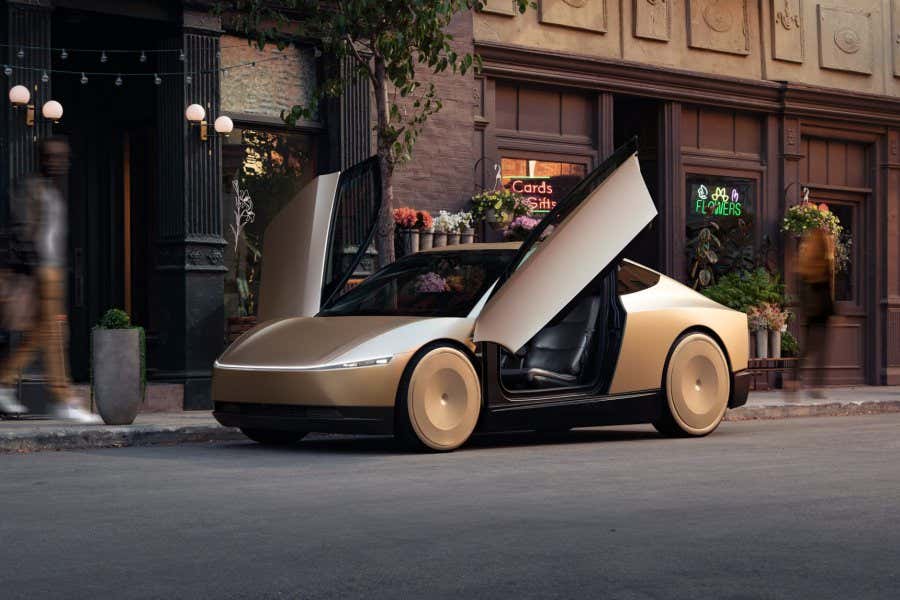
Buckle up, folks, because we’re about to dive into the wild world of autonomous vehicles! While Elon Musk and his team at tesla have been promising a self-driving car for what feels like an eternity, the reality is that other players in the field have already made significant strides in bringing this futuristic technology to the masses.
let‘s start with the good news – autonomous taxis are already a reality on the streets of the United States. Companies like Waymo and Cruise have been quietly (or not-so-quietly) testing and refining their self-driving technologies, and they’ve reached a point where they’re ready to start rolling out their services to the public. Imagine being able to summon a car with the tap of a button, hop in, and let the vehicle whisk you off to your destination without having to worry about the driving yourself. It’s a dream come true for anyone who’s ever been stuck in traffic or had to navigate the chaos of a crowded city.
Now, let‘s talk about our dear friend, Elon Musk, and his perennial promises of a self-driving tesla. It’s been years since he first started hyping up the idea of a fully autonomous vehicle, and yet, we’re still waiting for that magical day when we can all sit back, relax, and let our cars handle the driving. It’s not for lack of trying, of course – tesla has been pouring countless hours and resources into developing its Autopilot and Full Self-Driving (FSD) technologies. But the reality is that these systems still have a long way to go before they can be considered truly reliable and safe for widespread use.
One of the biggest challenges facing tesla and other automakers working on self-driving tech is the sheer complexity of the task at hand. Navigating the roads, avoiding obstacles, and making split-second decisions in a constantly changing environment is an incredibly difficult feat, even for the most advanced AI systems. And let‘s not forget the ethical dilemmas that come into play – how does a self-driving car decide who to prioritize in an emergency situation? These are the kinds of thorny questions that engineers and policymakers are still grappling with.
So, where does that leave us with the newly announced tesla Cybercab? To be honest, it’s hard to say. Given tesla‘s track record of overpromising and underdelivering when it comes to autonomous driving, it’s tough to have much faith in their ability to pull off a fully self-driving taxi service anytime soon. The Cybercab may be a step in the right direction, but it’s likely to face the same challenges and setbacks that have plagued tesla‘s other self-driving initiatives.
At the end of the day, the future of transportation is undoubtedly headed in an autonomous direction, but the road to get there is going to be long and winding. While companies like Waymo and Cruise are making steady progress, it’s clear that there’s still a lot of work to be done before we can truly sit back and let our cars do the driving. So, fasten your seatbelts, folks – it’s going to be an interesting ride!
Originally published on https://www.newscientist.com/article/2451547-elon-musks-tesla-cybercab-is-a-hollow-promise-of-a-robotaxi-future/?utm_campaign=RSS%7CNSNS&utm_source=NSNS&utm_medium=RSS&utm_content=technology.
